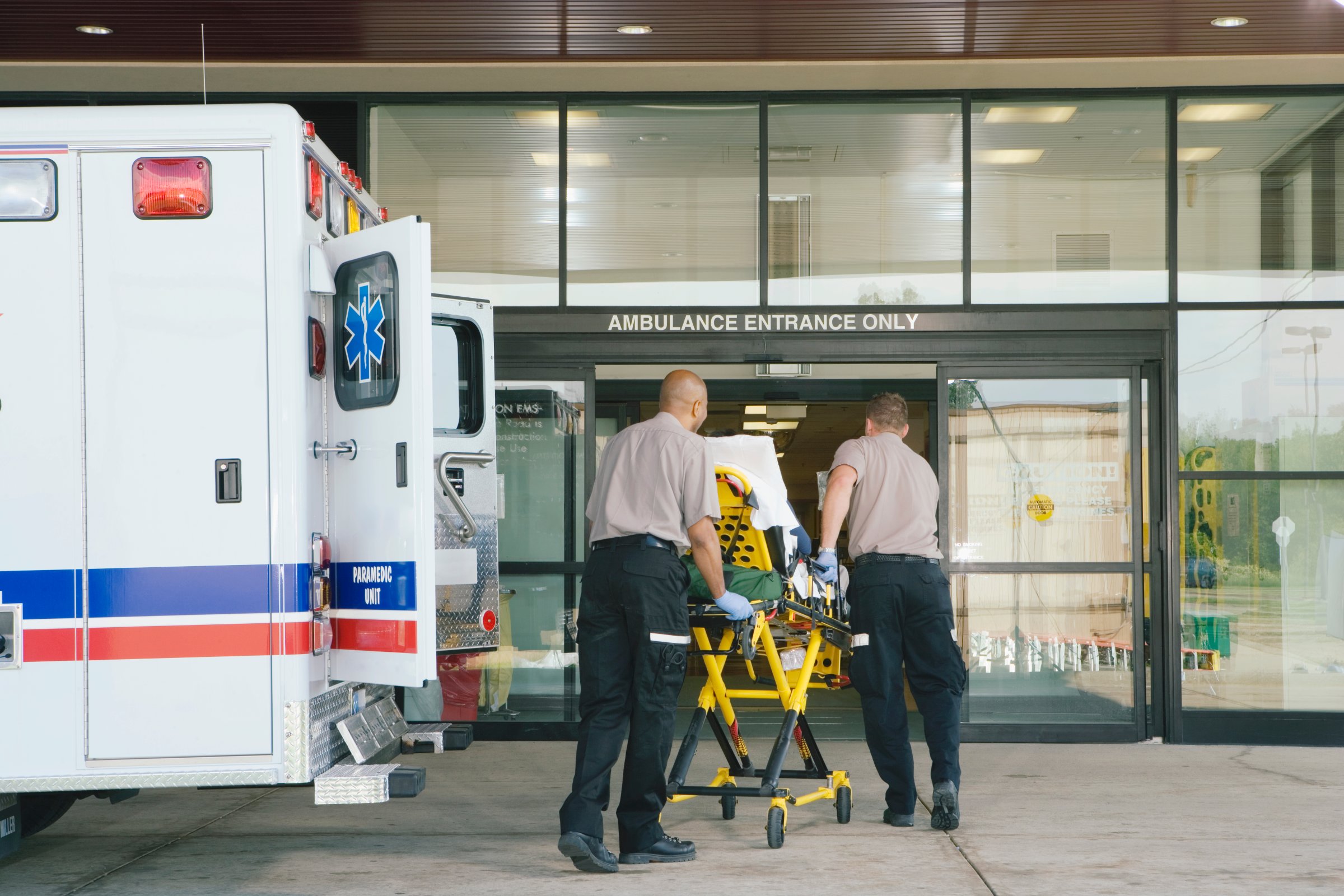
Child hospitalizations due to opioid overdoses nearly doubled between 2004 and 2015, according to a new study in the journal Pediatrics. Attempts to curb opioid use among adults have not curtailed this troubling trend, the authors say, and more efforts are needed to reduce opioid ingestion—both intentional and accidental—in kids.
For the new study, researchers examined billing records from 49 children’s hospitals in 27 states and the District of Columbia. They found that between 2004 and 2015, there were a total of 3,647 opioid-related hospitalizations in 31 different hospitals. The percentage of those children who died after admission decreased over that time period, from 2.8% a year to 1.3% a year. But in the same time frame, the total number of hospitalizations nearly doubled: from 797 in the first three years of the study to 1,504 in the last three years.
The number of hospitalizations that required admission to the pediatric intensive care unit also doubled. Of those patients, 37% required mechanical ventilators to assist breathing, and 20.3% required medication to raise dangerously low blood pressure.
The majority of opioid-related hospitalizations were for older children ages 12 to 17, but one-third were for kids under age 6. And while most children had overdosed on prescription opioids or illicit narcotics like heroin, a significant number of children under 6—about 20%—were treated for methadone overdoses.
The makes sense, the study authors wrote in their paper, since adult prescriptions for methadone, a drug used to treat other opioid addictions, increased 559% from 2000 to 2007. “The exploratory nature of young children makes them particular vulnerable to harm from accidental medication ingestion,” the authors wrote. Adolescents and teenagers, they added, are more likely to seek out drugs intentionally.
The study authors, from the University of Chicago Medicine, the Children’s Hospital Association and Children’s Mercy Hospital in Kansas City, wrote that total financial costs associated with pediatric opioid overdoses also grew from 2004 to 2015. The total number of hospital days attributed to children with opioid ingestion also “continues to increase over time at an alarming rate.”
Insurance coverage for most of the patients in the study was provided by Medicaid. “In the current health care climate,” the authors wrote, proposed reductions of Medicaid funding “could have a profound impact” on hospitals’ ability to recuperate the costs associated with caring for these patients.
Dr. Sheryl Ryan, a pediatrician at Penn State Health Children’s Hospital, wrote in an accompanying commentary article that overdose rates also continue to rise among adults. She also cites a recent estimate that put the total societal cost of opioid overdoses at $504 billion per year—nearly 3% of the U.S. gross domestic product.
Those types of costs analyses support arguments for evidence-based, preventive programs that have been shown to reduce the use of opioids and other drugs by adolescents and young adults, Ryan wrote. And findings from the new study, she wrote, “highlight the need for pediatricians to engage in this critical work to combat the ongoing opioid crisis in our country.”
More Must-Reads from TIME
- Why Trump’s Message Worked on Latino Men
- What Trump’s Win Could Mean for Housing
- The 100 Must-Read Books of 2024
- Sleep Doctors Share the 1 Tip That’s Changed Their Lives
- Column: Let’s Bring Back Romance
- What It’s Like to Have Long COVID As a Kid
- FX’s Say Nothing Is the Must-Watch Political Thriller of 2024
- Merle Bombardieri Is Helping People Make the Baby Decision
Contact us at letters@time.com